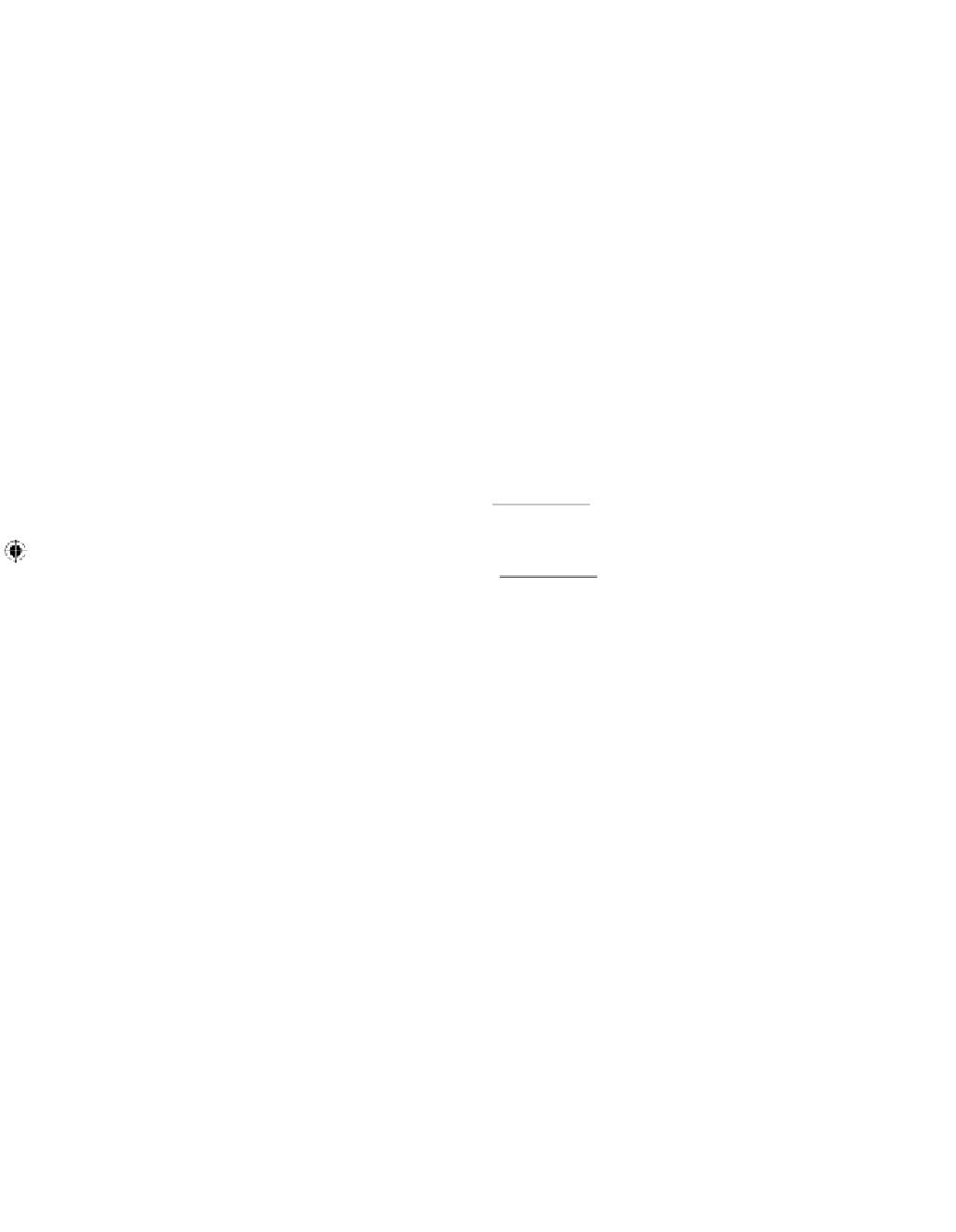Environmental Engineering Reference
In-Depth Information
an FDA action level for fish oil, or the edible portion of fish or shellfish, or a maximum
dietary intake level that will not cause adverse effects on survival, growth, or repro-
duction. If multiple BCF values are available, the highest geometric mean species
BCF is used. For protection of fish-eating wildlife, the BCF should be based on
whole-body measurements, while for human health concerns it should be based
on the edible portion of the fish (whole fish in some cases and for some cultures).
The FRV is selected as the lowest of all residue values determined (for different
species, including humans). If the FRV is the lowest of the FCV, the FRV and the
FPV, the chronic criterion is set at the FRV. Similarly, for protection of fisheries
(human consumption), the German approach is to develop water quality targets by
dividing the allowable food residue by a BCF (Irmer et al. 1995; BMU 2001).
Chemicals that do not pose a risk to primary producers or consumers may pose
risks to organisms, particularly terrestrial organisms, higher up the food chain, if
those chemicals have the potential to bioaccumulate. In the Netherlands methodology,
this is addressed via consideration of secondary poisoning (RIVM 2001). For sub-
stances with log
K
ow
> 3, molecular weight <700, low metabolism or excretion rate
and/or other literature evidence of bioaccumulative potential, secondary poisoning
must be considered in deriving criteria. BCFs or BAFs (if available) are used to
convert predator NOECs to water NOECs as follows:
NOEC
predator
NOEC
=
×
0.32
(2.16)
water,fish-to-predator
BCF
fish
NOEC
predator
(2.17)
NOEC
=
×
0.20
water,mussel-to-predator
BCF
mussel
where 0.32 and 0.20 are factors to correct for caloric content of food.
These converted NOECs are combined with all other aquatic effects data from
DTAs to calculate an ecosystem MPC (MPC
ECO
). MPCs are also calculated sepa-
rately for predators, and for the aquatic compartment and the independently derived
values are reported for comparison.
The OECD (1995) also provides guidance for consideration of secondary poi-
soning. According to this methodology, chemicals are likely to bioaccumulate if
they have
K
ow
> 3, molecular weight <1000, molecular diameter <5.5 Å, and
molecular length < 5.5 nm. Reactive and readily metabolized substances are not
expected to bioaccumulate. The OECD requires that BCFs be expressed on a whole
body fresh, or wet weight basis and that they not be lipid normalized. BCFs may
be either measured experimentally or may be estimated using the
K
OW
. The OECD
determined that secondary poisoning risks to predatory fish are not of concern, after
reviewing several modeling studies (OECD 1995 based on Barber et al. 1988;
Gobas et al. 1988; Norstrom et al. 1976; Thomann and Connolly 1984). Therefore,
only secondary poisoning in fish-eating mammals and birds is addressed. Unfort-
unately, the OECD guideline authors seem to have misinterpreted these studies.
For example, Thomann and Connolly (1984) found that dietary uptake of PCBs
accounted for 99% of body burden in adult trout. Moreover, Gobas et al. (1988)




Search WWH ::

Custom Search